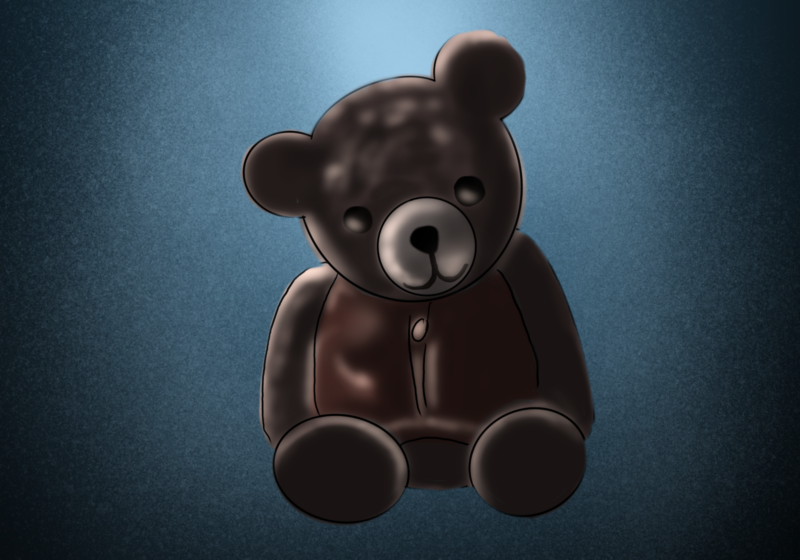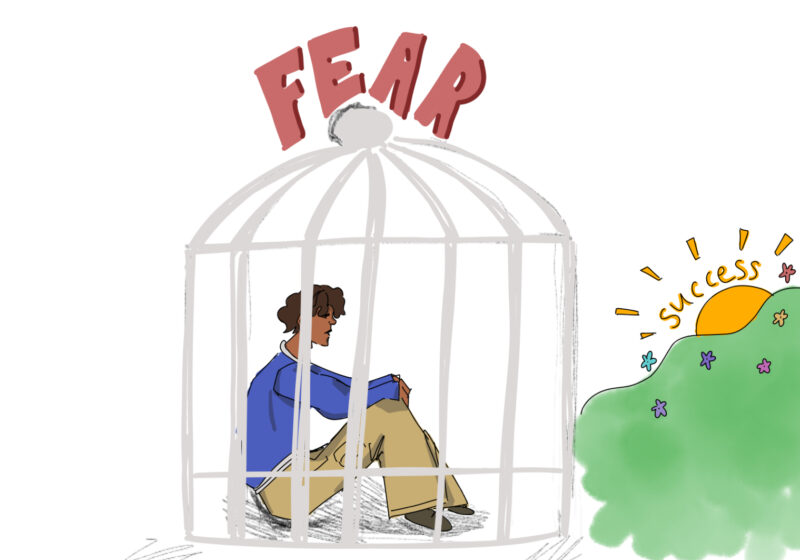In light of last month’s Columbia disaster, it is difficult to see the rationale for risking human lives in the pursuit of space exploration.
For every 113 shuttle flights that NASA sends up, there will be an average of two catastrophes, according to Aloysius Casey, an expert who spoke in front of the Columbia Accident Investigation Board on Tuesday.
That figure gives NASA a success rate of roughly 98 percent. According to Steven Wallace, a board member in charge of accident investigations for the Federal Aviation Administration, if the commercial airline industry had an equivalent level of reliability, it would mean that 640 commercial airplanes would crash every day.
Of course, there is clearly a difference between the commercial airline industry and NASA. Astronauts don’t sign on looking for a business trip to Chicago or a vacation in Italy. They are highly trained individuals with a mission, who become astronauts fully understanding the risks that they face and the relatively strong possibility of death.
Nevertheless, the real need to have humans in space seems more and more like a relic of the 20th century. Modern technology has made it possible for robots to accomplish many of the tasks for which humans used to be needed several decades ago, when the space shuttles like the Columbia were built. Human astronauts are becoming less and less necessary as time goes on and will quite possibly be rendered completely obsolete at some point in the near future.
In fact, the frequent argument for sending humans into space is that we need to experiment with the effects of space on the human body. This argument makes no sense because the only result of this research would be the ability to send more humans into space, presumably to do more research on how space affects the human body.
On the other hand, it is true that stopping manned space flight entirely would be detrimental to the space program. In the event that advances in technology once again make the presence of humans in space beneficial, we would not want to have lost the technological ability to send them there. NASA clearly should not completely halt the sending of humans into space, but the Columbia accident should serve as a reminder to keep them on Earth whenever possible.
As it is, the space shuttles barely register on the radar of the American public until there is a disaster. When the lives of seven astronauts get more attention than the efforts of the space expedition for which they died, it’s time to wonder what the risks are for.
Smith can be reached at ksmith@campustimes.org.





